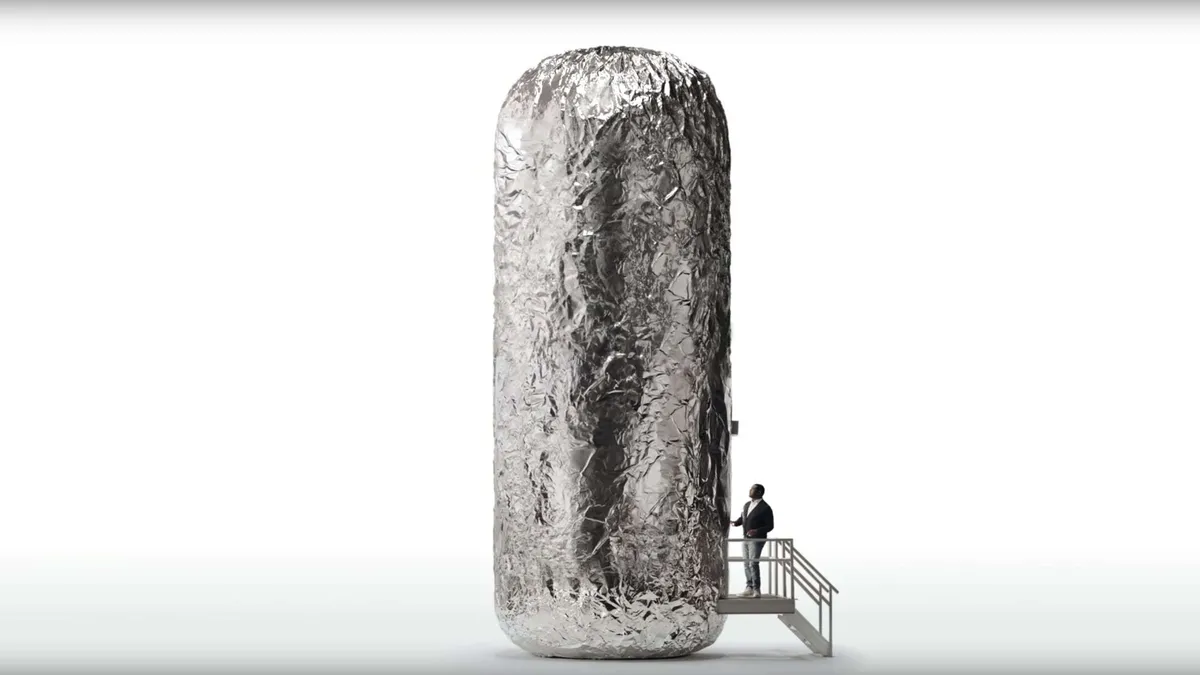Dive Brief:
- Chipotle Mexican Grill Inc. plans to focus on "addressable TV" ads over traditional broadcast TV for its 2018 advertising campaigns, said Mark Crumpacker, Chipotle's chief marketing and strategy officer, during the company's Q4 2017 earnings call on Feb. 6.
- Taking the addressable TV route will let the company better target ads to existing or potential customers, Crumpacker said. Chipotle will leverage its 25th anniversary in its marketing campaigns later this year, mostly targeting existing, loyal customers, though no other details of the campaign were released.
- Overall, the company is shifting to more traditional platforms like TV, but now with a more targeted approach. Along with addressable TV, Chipotle is adding a CRM platform and loyalty program to its digital marketing strategy, which also includes a greater emphasis on enhancing its digital offerings and mobile order usage.
Dive Insight:
Marketers are increasingly moving their ad dollars away from TV and onto digital platforms as more consumers cut the cable cord, and addressable ads can offer them the best of both worlds. Campaigns can still appear on traditional platforms like TV while letting marketers leverage the targeting tools that come with digital, including targeting specific audience demographics like age, gender or location for their ads to be delivered. In its earnings call, Chipotle's CMO highlighted the strategy as the company's way to pivot back to traditional marketing.
Addressable TV ads are purchased by programmatic and digital technology, which offer high levels of personalization, something consumers are growing to expect. The ads are delivered by cable, satellite or broadcast TV providers and distributed on live and on-demand viewing sessions. In 2017, addressable TV ads were projected to grow 65.8% to $1.26 billion, eMarketer estimated. Though targeted ads on TV are growing as the technology evolves, they still make up less than 2% of all TV ad spend.
Until recently, addressable TV ads were only available on satellite and cable, but the Federal Communications Commission recently approved them for broadcast using an internet protocol signal. The move gives local TV stations a way to offer advertisers better targeting options and better compete for advertising dollars against giants like Facebook and Google. Last year, Google added targeted and programmatic buying through its DoubleClick Bid Manager to help marketers link their digital and TV efforts.














